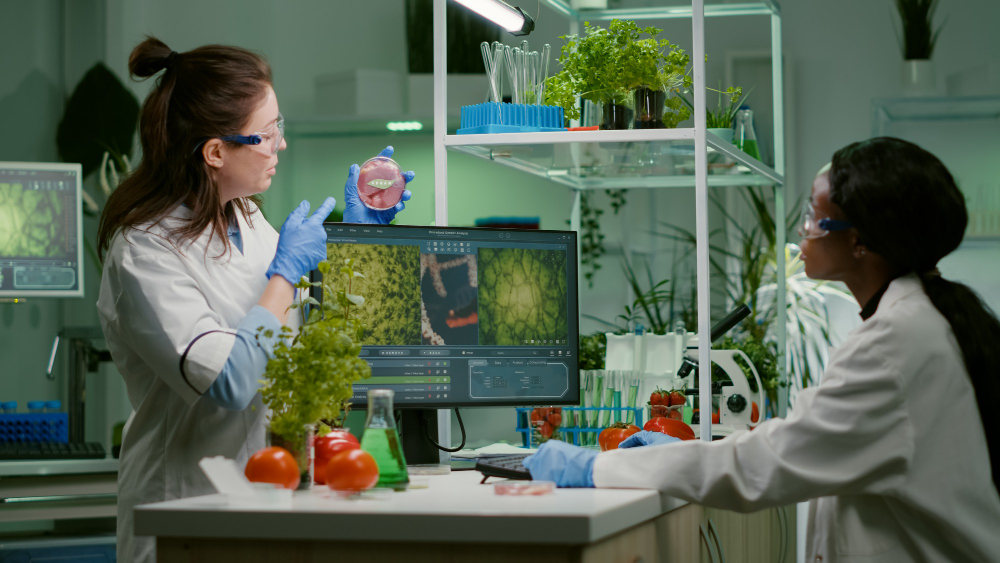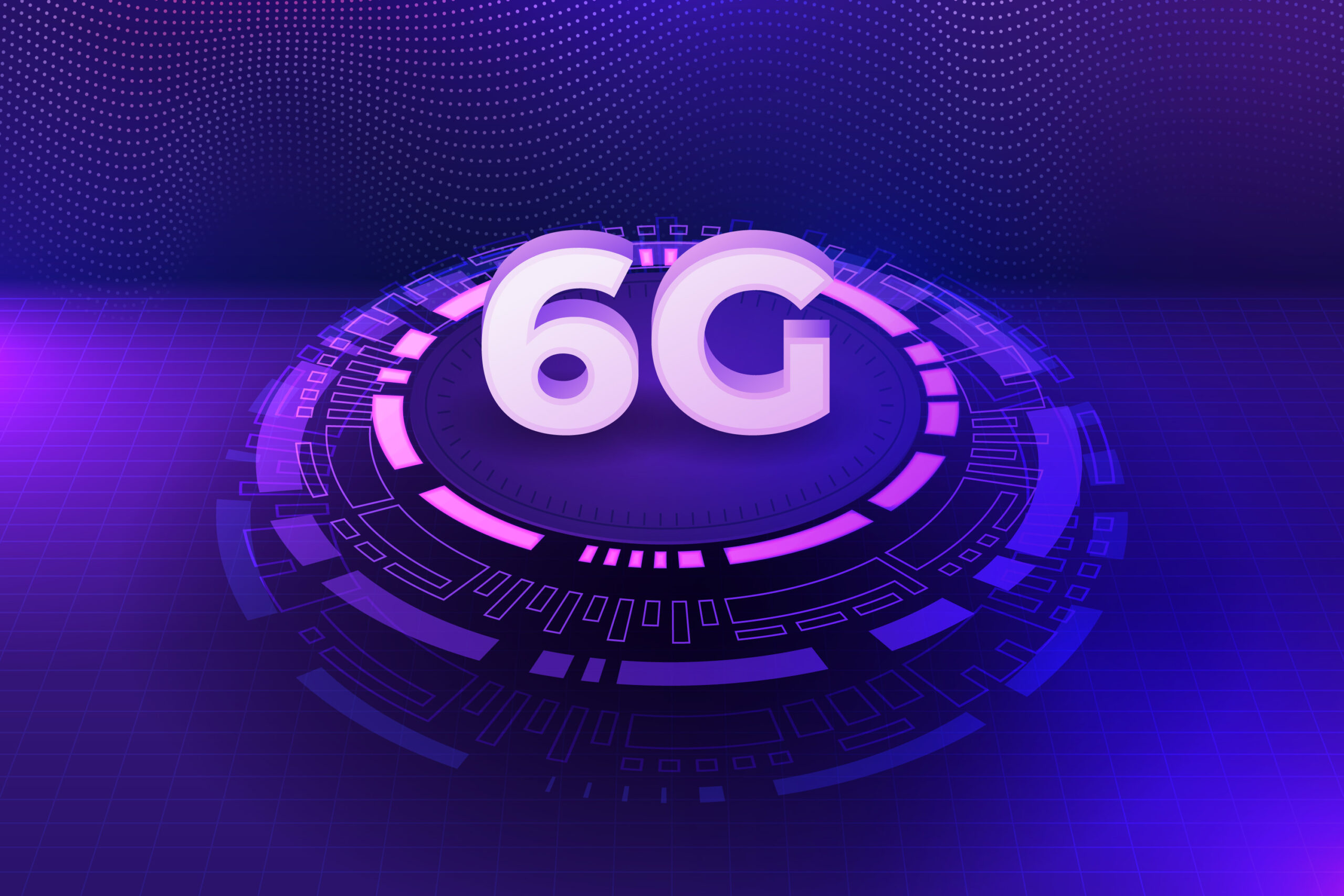We often hear about technology in terms of its role in entertainment, business, or even its potential to disrupt industries. But there’s a growing movement that’s showing us just how powerful tech can be in creating positive change in the world. Technology for social good is more than just a trend—it’s a force that’s helping tackle some of the world’s most pressing challenges and empowering communities around the globe.
From addressing climate change to improving access to education and healthcare, technology is becoming a key player in the fight for a better, more equitable future. Let’s dive into some of the incredible ways that tech is making a difference—and how it’s shaping tomorrow’s world for the better.
1. Bridging the Digital Divide: Technology for Education
Education has long been a powerful tool for empowering individuals and communities. But in many parts of the world, access to quality education is still a distant dream. Thankfully, technology is helping bridge the gap, ensuring that learning is accessible to all, regardless of location or socioeconomic status.

Online learning platforms, such as Coursera, Khan Academy, and Duolingo, are breaking down barriers by offering free or affordable education to millions of students worldwide. Whether it’s a child in a rural village or an adult looking to learn a new skill, these platforms are helping people gain knowledge and improve their lives.
In addition, mobile technology has been instrumental in expanding educational opportunities. In many developing countries, smartphones and tablets are being used to provide educational content, remote learning tools, and even virtual classrooms where students can engage with teachers from afar. In regions with limited infrastructure, this technology can be a game-changer, giving young people the chance to learn, grow, and achieve their potential.
2. Health Tech: Advancing Healthcare for All
Healthcare has seen a major transformation thanks to technological advancements, and it’s helping improve lives in ways we couldn’t have imagined just a few decades ago. Health tech, which encompasses everything from telemedicine and wearable health devices to AI-driven diagnostics, is making healthcare more accessible, efficient, and personalized.
Telemedicine has been particularly revolutionary in connecting patients in remote or underserved areas with healthcare professionals. Through video calls, patients can consult doctors, receive prescriptions, and access medical advice without leaving their homes. This is especially important in rural regions or areas with a shortage of healthcare providers.
Wearable health devices, like smartwatches and fitness trackers, are also playing a role in preventative healthcare. These devices can monitor vital signs such as heart rate, blood pressure, and even oxygen levels, sending real-time data to healthcare providers who can intervene before a condition becomes more serious. The shift toward more proactive health management is giving people the tools to take control of their health and well-being.
AI is also enhancing the diagnosis process, particularly in fields like radiology, where algorithms can analyze medical images to detect issues like tumors and fractures faster and more accurately than humans. With AI’s assistance, doctors are able to make earlier diagnoses, increasing the chances of successful treatment.
3. Technology and Sustainability: Combatting Climate Change
Climate change is one of the most urgent challenges of our time, and technology is stepping in to help mitigate its effects and work toward a sustainable future. From clean energy solutions to AI-powered climate research, tech is providing new ways to reduce carbon footprints and protect the environment.
Renewable energy technologies such as solar, wind, and hydroelectric power are already playing a big role in reducing our reliance on fossil fuels. Solar panels and wind turbines are becoming more efficient and affordable, making them accessible to a broader range of communities and businesses.
AI and data analytics are also helping track and predict climate patterns. With real-time data on air quality, deforestation, and greenhouse gas emissions, scientists and policymakers can make more informed decisions about how to address climate issues. For example, AI models can predict the impact of specific policies, allowing governments to take action in areas that will have the most significant environmental benefits.
Furthermore, technology is being used to create more sustainable agriculture. Precision farming technologies, which use sensors, drones, and satellite imagery, enable farmers to optimize water usage, reduce pesticide application, and improve crop yields. By using these tools, farmers can produce more food with fewer resources, helping feed a growing global population while reducing the environmental impact of traditional farming methods.
4. Tech for Social Justice: Fighting Inequality and Empowering Communities
Technology has a unique ability to amplify voices, spread awareness, and connect people fighting for social justice. Whether it’s promoting gender equality, advocating for racial justice, or supporting LGBTQ+ rights, social media platforms and other digital tools are helping to organize movements and shed light on issues that might otherwise go unnoticed.
One of the most significant ways tech is empowering social change is through crowdsourcing. Social media platforms, like Twitter and Facebook, have become powerful tools for organizing protests, petitions, and campaigns that bring attention to issues of inequality. Movements like #BlackLivesMatter, #MeToo, and #ClimateStrike have harnessed the power of social media to mobilize millions of people across the globe, pushing for meaningful change and holding institutions accountable.
Additionally, blockchain technology is being used to increase transparency and reduce corruption, especially in government and business. Blockchain allows for secure, tamper-proof transactions that can be tracked and audited, ensuring accountability in areas like aid distribution, charitable donations, and electoral voting.
Finally, technology is enabling individuals and organizations to empower marginalized communities. For example, microloans and crowdfunding platforms are helping entrepreneurs in developing countries start businesses and lift themselves out of poverty. Similarly, digital platforms for job training and remote work are helping people in underserved areas access better economic opportunities.

5. Technology and Civic Engagement: Strengthening Democracies
In a digital world, technology has the potential to strengthen democracy by improving civic participation and enhancing transparency. E-voting, for example, could allow citizens to cast their votes remotely, making it easier for people with disabilities, the elderly, or those living in rural areas to participate in elections.
AI is also being used to monitor government activities, detect corruption, and ensure fair elections. Data transparency platforms enable people to access information about how their governments are spending taxpayer money, helping to increase accountability and trust.
Moreover, social media platforms allow citizens to engage directly with their leaders, voice their concerns, and participate in public discussions. While this has its challenges—like the spread of misinformation—it also creates new opportunities for political engagement and activism, giving people a platform to influence change and hold decision-makers accountable.
Conclusion: A Future Powered by Technology for Good
Technology has the potential to reshape the world in incredible ways, and it’s already starting to create meaningful change. Whether it’s improving healthcare, empowering education, fighting climate change, or promoting social justice, technology is proving that it’s not just about making life easier—it’s about making life better for everyone.
But there’s still work to be done. As we move forward, it’s crucial that we continue to use technology in ways that are ethical, inclusive, and sustainable. By harnessing the power of innovation for good, we can ensure that tomorrow’s world is one where technology serves the greater good and creates a more equitable, sustainable, and just society for all.











